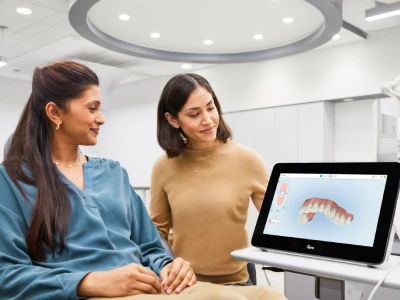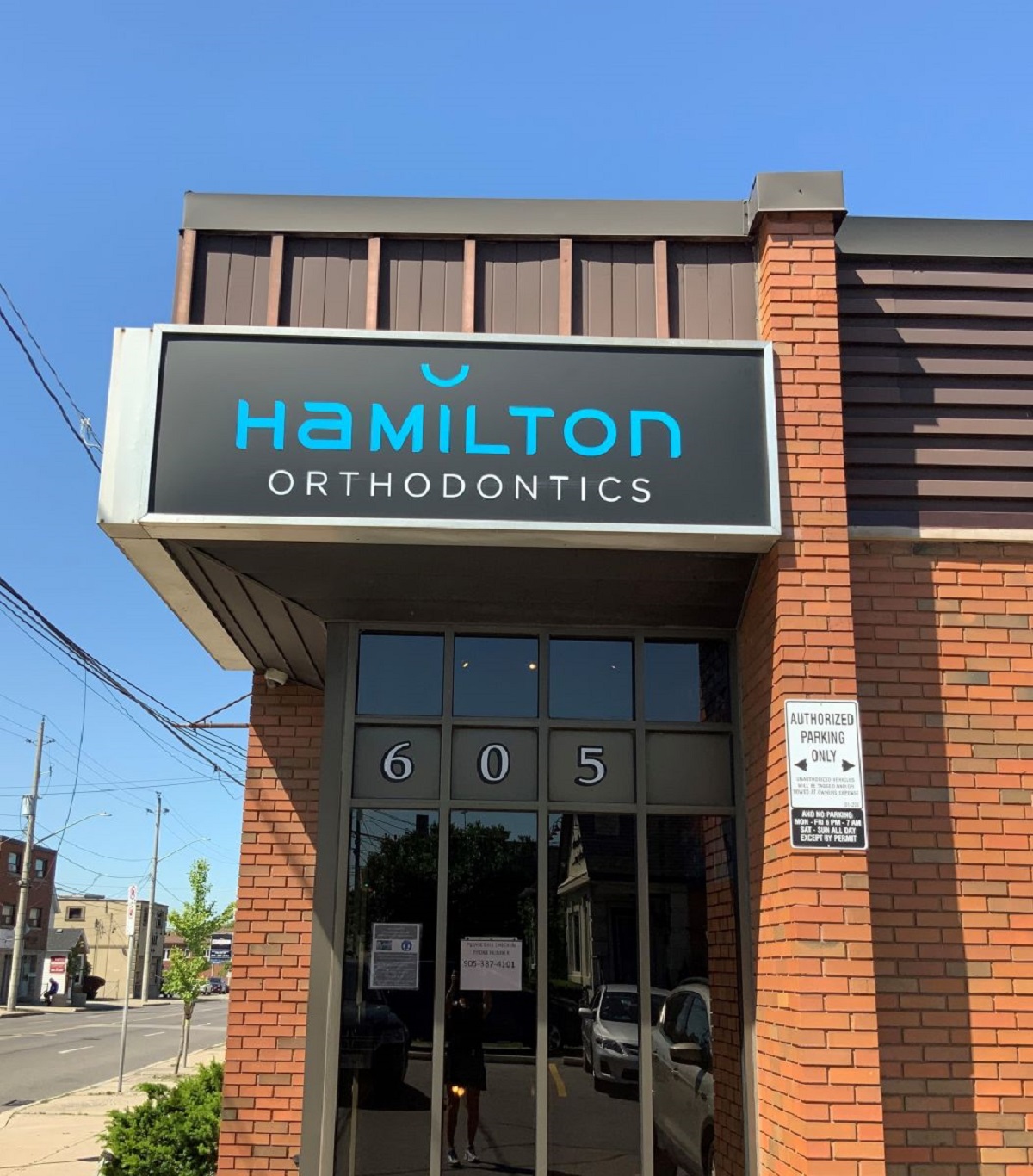Welcome to Hamilton Orthodontics
We pride ourselves on creating optimal results in a practice that has your comfort and care in mind. Please feel free to contact our Hamilton office to schedule an initial complimentary exam appointment with Dr. Organ or Dr. Kirtane and see the difference a great smile can make in your life. Call us today, we would love to introduce you to the wonderful world of Orthodontics.
We provide a warm and inviting atmosphere combined with a personal and professional approach towards our patient’s orthodontic care. Our patients’ comfort is upmost in our mind as we provide orthodontic solutions tailored to meet each individual’s expectations.

Our Services
Invisalign, LightForce and Surgical Orthodontics
![]()

Invisalign
Consider Invisalign treatment to straighten your teeth without braces. A complimentary consultation with our doctor can determine if Invisalign clear aligners are right for you.

LightForce
Lightforce™ Braces are the first 3D-printed braces in the world and are created for every tooth with a special prescription that is specific to each patient’s situation.

Self Ligating Braces
Empower braces feature self-ligating technology, which uses a clip to hold your arch wire in place instead of traditional rubber bands (ligatures).
Our FRIENDLY DENTISTS
MEET THE TEAM
![]()
All our staff are highly trained and committed to providing a personal and professional approach towards our patients and their orthodontic care. Our patients are seen by one of our Certified Orthodontists at each of their appointments and our staff provides a treatment update to keep our patients and the parent or guardian informed of the orthodontic progress. We recognize that our success is a direct result of our attention to every detail and the importance of treating each patient as we would our own family.
Request An Appointment
Friendly & Experienced Dental Professionals
![]()
Free Ortho Consultation
Start your smile journey with a complimentary, no obligation orthodontic consultation. No referral needed.
Flexible Financing
We offer customized financing plans to make your orthodontic care affordable and stress-free.
Comprehensive Ortho Care
From clear braces to Invisalign, we provide a full range of orthodontic treatments for all ages.
Our Location
Proud to create beautiful, straight smiles in Hamilton, ON and surrounding areas
![]()
Please note that the reviews link shown will take you to an independent third-party website not endorsed by or affiliated with our dental practice.
Our Location




